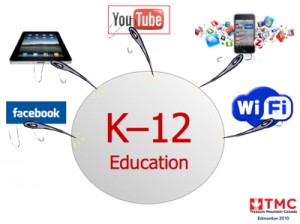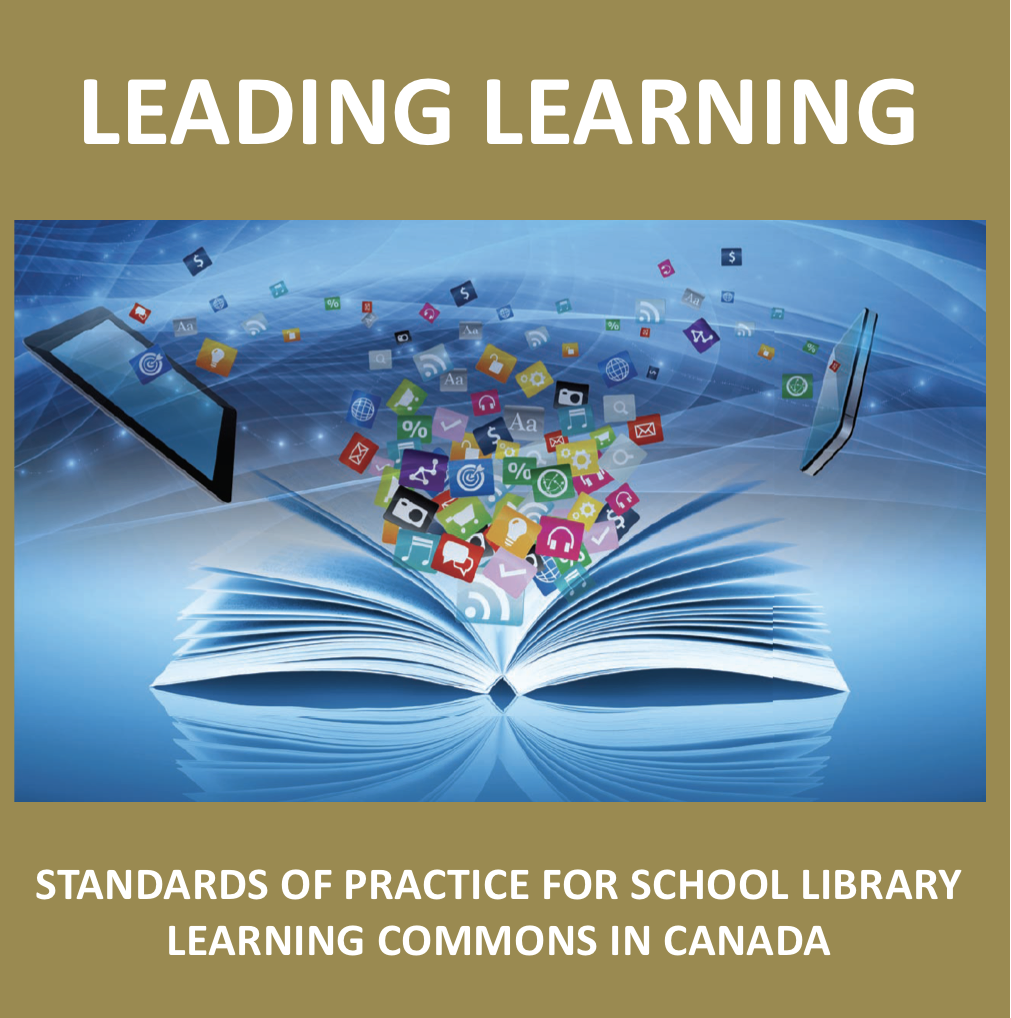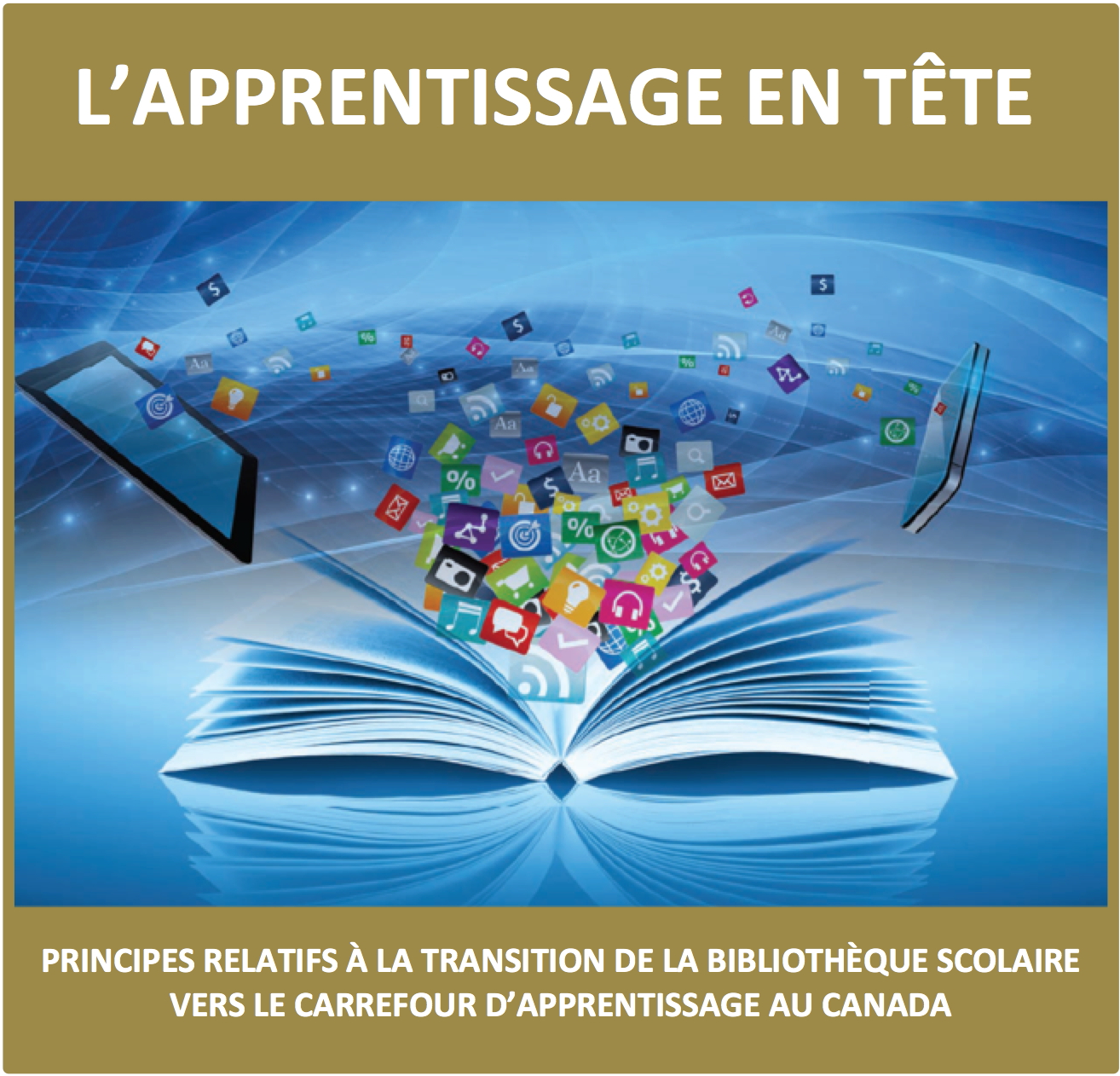So much has been written over the past two decades about how to put technology at the centre of learning, yet after all of these years not much has changed. Despite the breathtaking change  in the social context of the web and web-enabled technology that is revolutionizing the world outside of school, there is still a strong tendency to close the doors of the school and deny what is now the real world.
in the social context of the web and web-enabled technology that is revolutionizing the world outside of school, there is still a strong tendency to close the doors of the school and deny what is now the real world.
To a large extent, K-12 education has put itself in a safe schools bubble, where technology is viewed as disruptive and policies about social technology and mobile devices in particular are mostly about managing the disruption.
The trouble is, a bubble is a very fragile thing. And the more the people inside the bubble – teachers and particularly administrators fail to realize the potential of technology for advancing rather than disrupting learning, the more that disruption becomes a self-fulfilling prophecy. When positive and appropriate use is not modeled in the learning environment, how do we expect students to know how to behave?
The Change Agenda: Wireless
Pervasive wireless access is becoming a reality in many districts and schools. If it’s there, they will use it. Schools that haven’t thought about their “bring your own device” policy in terms of learning opportunities will have a big problem handling the wave. Schools also need to think through equity issues so that students who don’t have their own devices have equal access to wireless-enabled learning opportunities.
The Change Agenda: Leadership
When the leadership agenda focuses on potential benefits to learning, the disruptive potential of technology is put into perspective. When the leadership agenda focuses first on managing disruption, the “don’t do” agenda, learning is sidelined. The “don’t do” approach just doesn’t work anymore. That bubble bursting could be particularly messy because just saying “don’t do” typically has excused the leadership from considering an alternative agenda.
The Change Agenda: Professional Learning
The Media Awareness Network just released the third phase of their study, Young Canadians in A Wired World. Phase III focuses on teachers’ perspectives. Teachers interviewed for the study observed that the little training they do receive tends to focus on how to use software. Figuring out how to use it effectively for learning is left largely up to the teacher. As early as 2004 principals surveyed for the Statistics Canada’s Information and Communications Technologies in Schools Survey (ICTSS) observed that the teachers in their schools were far more competent with software they were required to use for administrative or reporting purposes than they were with instructional technology. Should we be surprised by this? Not at all! We all learn what is authentic to our situation. When technology is kept at the fringes of learning, it is not surprising that teachers don’t learn how to use it in meaningful ways. This is the most critical aspect of the change agenda. Teachers need more meaningful support in making connections between the real life infusion of technology in society and what and how students learn in schools.
Technology is pervasive in society and whether we are prepared or not, it will become pervasive in our schools. We can either dissolve the bubble we’ve got ourselves into through leadership and professional learning, or have to clean up the mess after the bubble bursts. The choice seems obvious to me.
References
Media Awareness Network (2005). Young Canadians in a wired world, phase III: Teachers’ perspectives. http://www.media-awareness.ca/english/corporate/media_kit/reports-publications.cfm#YCWWphaseIII
Statistics Canada (2004). Computers in the classroom: Opportunity and challenge. Education matters. http://www.statcan.gc.ca/pub/81-004-x/200409/7017-eng.htm









